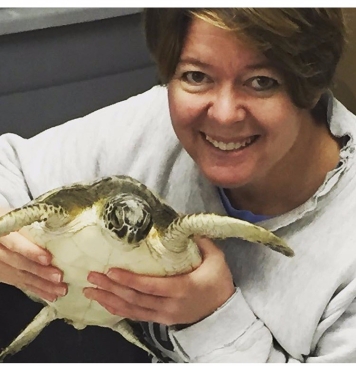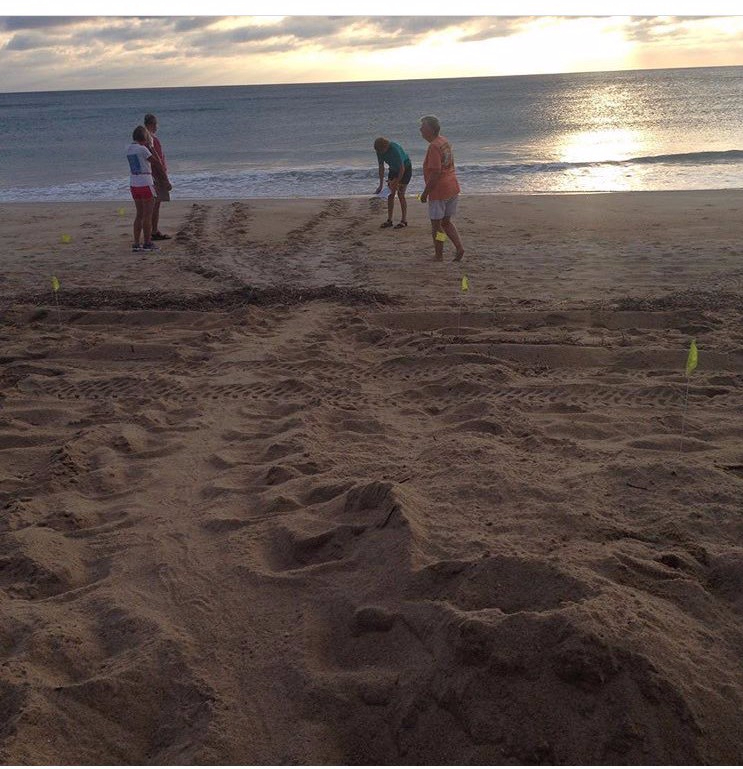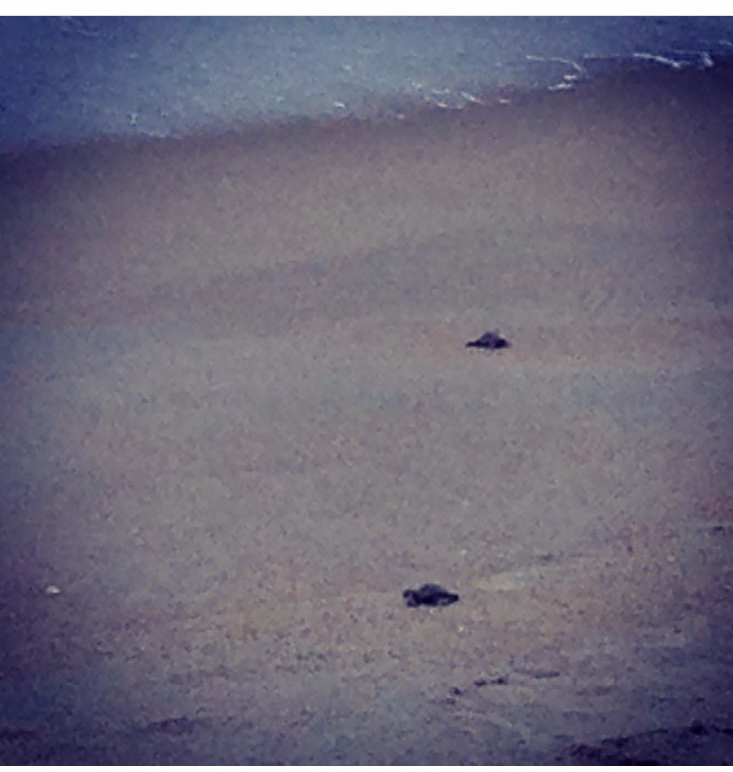Anyone who knows me is fully aware of my deep love for sea turtles. While my family does live on the coast, my attraction for this beautiful creature started long before we moved here. In moving to the Outer Banks, my family began volunteering with the Network for Endangered Sea Turtles (NEST). Through this organization, we work year-round to protect our sea turtle population. In early summer, we comb our beaches for new turtle nests to mark and, 60 days later, we sit these nests to protect the hatchlings as they make their journey to open water. In the winter, we rehab cold-stunned turtles in our rehabilitation facility. Throughout the entire year, we educate our locals and guests on turtle nests, life cycles, rehab and all of the awesome things about being involved with the organization.



Only recently did it dawn on me: What is my connection to sea turtles? Did I seek out a volunteer opportunity? I think that my connection is much deeper than this. I’ve studied, observed and worked with sea turtles for four years. This is what sea turtles have taught me:
1. Sea turtles believe that home is where the heart is.
Female sea turtles return to the beach on which they hatched to lay their own nests – 20+ years later. While I may have left my home for high school and college, settling down many miles away to raise my family, I always felt the tug to return home. Now, 20 years later, I have returned to that home. To my home, I bring the experiences, wisdom, and knowledge of my travels to blend with all of the comforts of feeling like I belong.
2. Turtles cry, but not because they are sad.
Yes, turtles cry! However, it is because they have glands that rid excess salt from their eyes. Sometimes, I cry, too – when I’m proud, happy, emotional, stressed and – of course – when I’m sad. It’s ok to cry. Turtles do it!
3. Life is better with a team
Did you know that turtles hatch underground several days before they emerge? In fact, they often wait until all of the hatchlings emerge before they make their way to the surface. By rising and emerging together, they increase the likelihood that a few of them will successfully make it to the ocean. Survival of the fittest. Turtles figured out the power of teamwork millions of years ago… Let’s follow suit!
4. Follow the light
Immediately after breaking the surface of the sand, hatchlings sprint towards the brightest light available – hopefully, the white caps of the ocean or the reflection of the moon. (Note: Light restrictions on beachfront property prevent turtles from traveling in the wrong direction!) Following the natural light guides the turtles into the first leg of their journey. As an educator, I must also follow the light – new people and experiences that positively impact my growth as an educator, so that I am invigorated to implement innovative techniques in my classroom with passion and energy.
5. Just keep trying
Have you ever seen a hatchling encounter a wave for the first time? These little bitty turtles, about the size of an Oreo cookie, get pushed onshore by incoming waves, sometimes flipped upside down, yet they remain undeterred. No matter how powerful the wave or how long the trek, they flip back over with their eyes sternly on their goal, and simply TRY AGAIN. And again. And again. With each attempt, they get stronger, more determined and learn something. There is a lesson here.
For over ten years, sea turtles have been calling my name. Yet, it wasn’t until just this week that I fully realize all of the lessons that they have to teach me. This summer, I plan to spend many hours by turtle nests – enjoying beach guests, meteor showers, Space Station flyovers, breathtaking sunsets, fellowship with other NESTers…
and, if I’m blessed, a baby hatchling or two or 100!
Turtle on!
